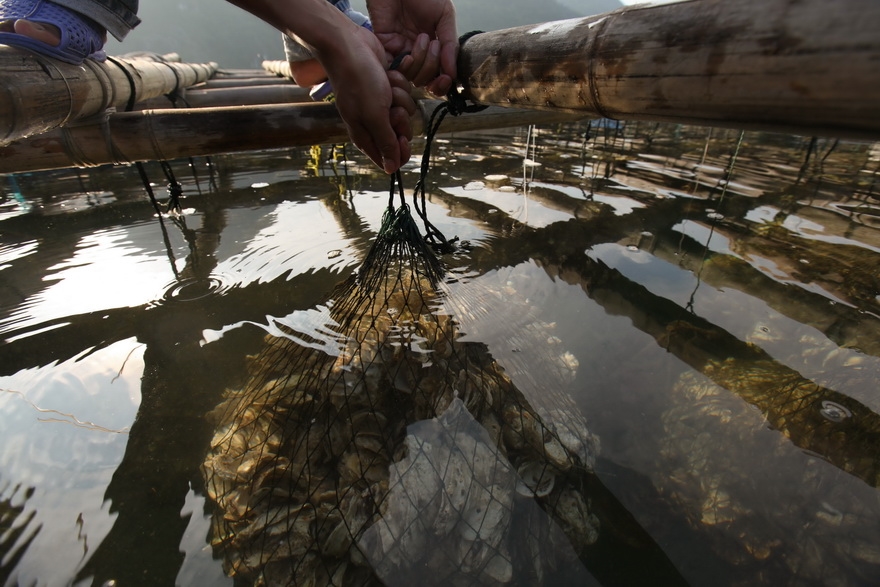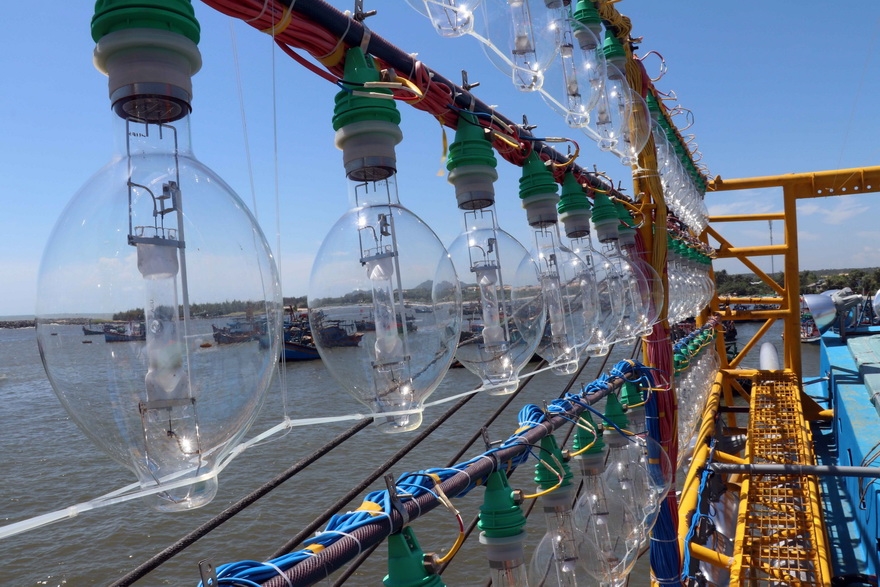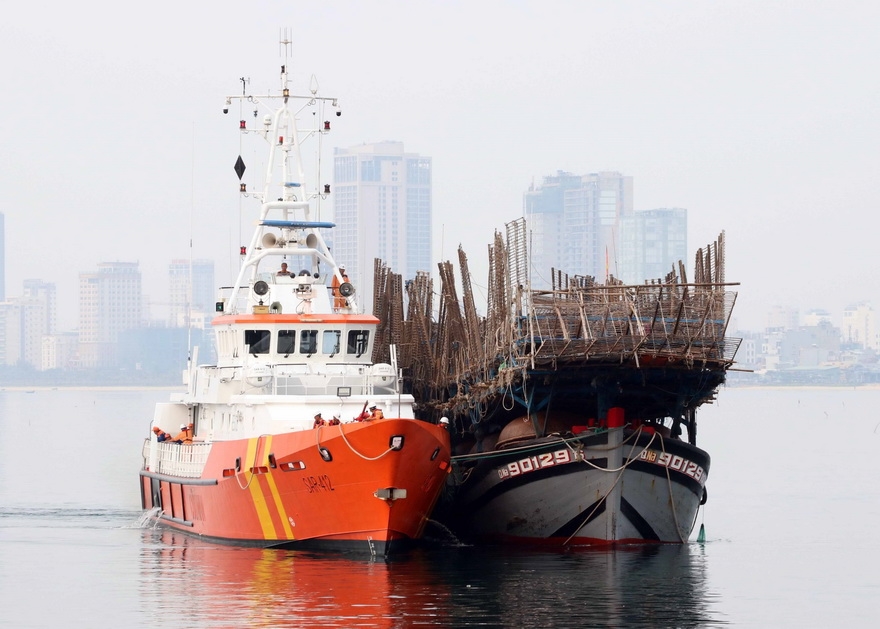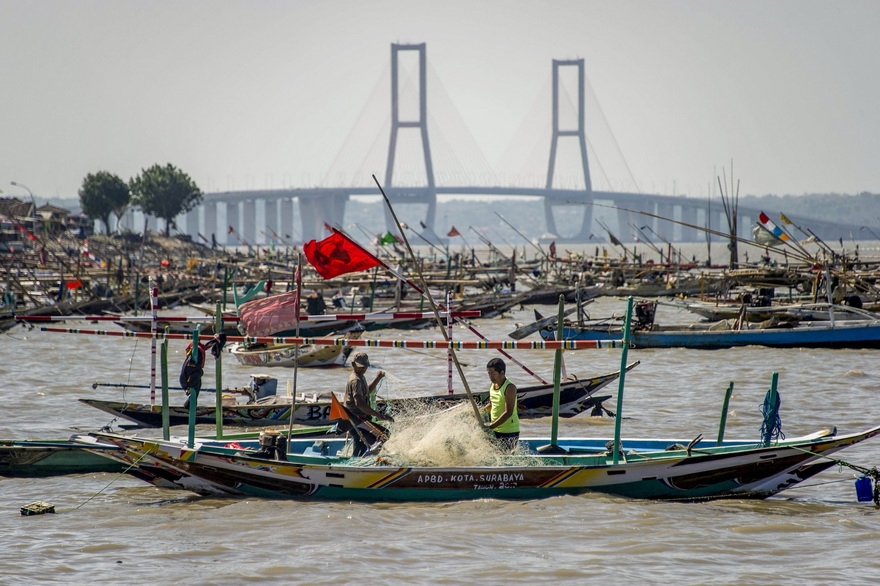ASEAN is estimated to produce about 25% of the global seafood output. The group includes four of the world’s ten largest seafood producers, which are Indonesia, the Philippines, Thailand and Vietnam. Seafood is also one of 12 sectors in the region prioritized for integration, with a roadmap focusing on food safety, research and development, human resource development, and information sharing.
Southeast Asia has favorable conditions to develop fisheries and aquaculture, which promises to bring great value in terms of economic development, food security and social security. However, most member countries are still in the process of developing fisheries from a small scale to an industrial one toward modernity and sustainability.
ASEAN member countries have recently made initiatives to adopt cooperation mechanisms to develop fisheries in a modern, responsible, sustainable and effective manner.
At the ninth meeting of the ASEAN Shrimp Alliance (ASA) held in Da Nang in July, representatives of ASEAN members exchanged information on issues of combating illegal, unreported and unregulated (IUU) fishing to implement the regional plan for combating IUU fishing and close cooperation among ASEAN countries.

A delegation of the European Parliament’s Committee on Fisheries pays a working visit to Hai Phong. Photo: An Dang/VNA

Vietnam’s agro-forestry-aquatic exports hit a record 40 billion US dollars in 2018, up 9.1% from 2017. Photo: Vu Sinh/VNA

Oyster farming on the northern coast. Photo: VNP

Squid fishing lights on the Bao Ngoc ship in Ba Ria-Vung Tau province. Photo: Doan Manh Duong/VNA

Fishing boat QNa 90129 with 52 crew members was rescued in May by Ship SAR 412
under the Vietnam Maritime Search and Rescue Coordination Center. Photo: Tran Le Lam/VNA

Fishing in Surabaya, West Java province, Indonesia. Photo: AFP/VNA
|
Important policies on regional fisheries development in 2019-2020 were approved at the 27
th meeting of the ASEAN Sectoral Working Group on Fisheries in Vietnam in June. ASEAN nations agreed on the establishment of the ASEAN Network for Combating IUU to share information and improve management capacity and combat illegal fishing for member nations.
ASEAN members also agreed to adopt feasible common policies to develop sustainable and responsible fisheries while ensuring food security in the region.
They also discussed and reached agreement on cooperation and sustainable development of fisheries in Southeast Asia with regional and international partners, including the United Nations Food and Agriculture Organization (FAO), Southeast Asian Fisheries Development Center (SEAFDEC), Management Committee of the Network of Aquaculture Centers in Asia-Pacific (NACA), the Japan International Cooperation Agency (JICA), EU and Australia.
|
The 2017 Fisheries Law, effective on January 1, 2019, marks the fisheries sector’s shift from spontaneous fishing to responsible fishing which meet requirements of the global market and of international integration. The law focuses on measures to combat illegal, unreported and unregulated fishing, the management and sustainable use of aquatic resources, and responsible fishing and safe aquaculture. |
Story: VNP - Photos: VNP&VNA